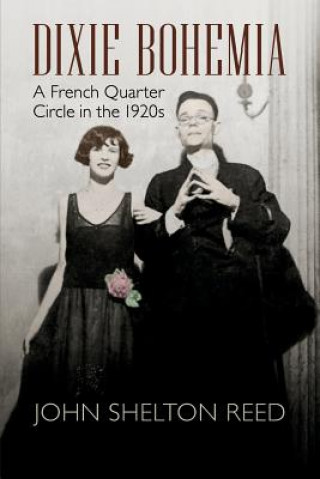
Kód: 11528411
Dixie Bohemia
Autor John Shelton Reed
In the years following World War I, the New Orleans French Quarter attracted artists and writers with its low rents, faded charm, and colorful street life. By the 1920s Jackson Square had become the center of a vibrant if short-li ... celý popis
- Jazyk:
 Angličtina
Angličtina - Vazba: Brožovaná
- Počet stran: 344
Nakladatelství: Louisiana State University Press, 2014
- Více informací o knize

Mohlo by se vám také líbit
Darujte tuto knihu ještě dnes
- Objednejte knihu a zvolte Zaslat jako dárek.
- Obratem obdržíte darovací poukaz na knihu, který můžete ihned předat obdarovanému.
- Knihu zašleme na adresu obdarovaného, o nic se nestaráte.
Více informací o knize Dixie Bohemia
Nákupem získáte 48 bodů
 Anotace knihy
Anotace knihy
In the years following World War I, the New Orleans French Quarter attracted artists and writers with its low rents, faded charm, and colorful street life. By the 1920s Jackson Square had become the center of a vibrant if short-lived bohemia. A young William Faulkner and his roommate William Spratling, an artist who taught at Tulane University, resided among the "artful and crafty ones of the French Quarter." In Dixie Bohemia John Shelton Reed introduces Faulkner's circle of friends-ranging from the distinguished Sherwood Anderson to a gender-bending Mardi Gras costume designer-and brings to life the people and places of New Orleans in the Jazz Age. Reed begins with Faulkner and Spratling's self-published homage to their fellow bohemians, "Sherwood Anderson and Other Famous Creoles." The book contained 43 sketches of New Orleans artists, by Spratling, with captions and a short introduction by Faulkner. The title served as a rather obscure joke: Sherwood was not a Creole and neither were most of the people featured. But with Reed's commentary, these profiles serve as an entry into the world of artists and writers that dined on Decatur Street, attended masked balls, and blatantly ignored the Prohibition Act. These men and women also helped to establish New Orleans institutions such as the Double Dealer literary magazine, the Arts and Crafts Club, and Le Petit Theatre. But unlike most bohemias, the one in New Orleans existed as a whites-only affair. Though some of the bohemians were relatively progressive, and many employed African American material in their own work, few of them knew or cared about what was going on across town among the city's black intellectuals and artists. The positive developments from this French Quarter renaissance, however, attracted attention and visitors, inspiring the historic preservation and commercial revitalization that turned the area into a tourist destination. Predictably, this gentrification drove out many of the working artists and writers who had helped revive the area. As Reed points out, one resident who identified herself as an "artist" on the 1920 federal census gave her occupation in 1930 as "saleslady, real estate," reflecting the decline of an active artistic class. A charming and insightful glimpse into an era, Dixie Bohemia describes the writers, artists, poseurs, and hangers-on in the New Orleans art scene of the 1920s and illuminates how this dazzling world faded as quickly as it began.
 Parametry knihy
Parametry knihy
Zařazení knihy Knihy v angličtině Humanities History Regional & national history
477 Kč
- Plný název: Dixie Bohemia
- Podnázev: A French Quarter Circle in the 1920s
- Autor: John Shelton Reed
- Jazyk:
 Angličtina
Angličtina - Vazba: Brožovaná
- Počet stran: 344
- EAN: 9780807156100
- ISBN: 0807156108
- ID: 11528411
- Nakladatelství: Louisiana State University Press
- Hmotnost: 508 g
- Rozměry: 235 × 157 × 21 mm
- Datum vydání: 08. September 2014
Oblíbené z jiného soudku
-

Hundred Years' War on Palestine
330 Kč -

Ethnic Cleansing of Palestine
358 Kč -

History of Japan
405 Kč -

Ten Myths About Israel
336 Kč -

Strange Death of Europe
410 Kč -

Decline and Fall of the Roman Empire
130 Kč -
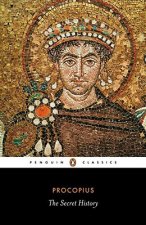
Secret History
320 Kč -

God's Playground A History of Poland
1700 Kč -
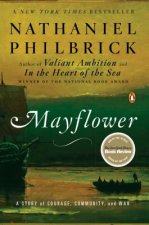
Mayflower
385 Kč -
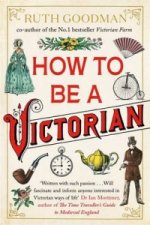
How to be a Victorian
357 Kč -

Plantagenets
331 Kč -

General's Son
428 Kč -

Iran: A Very Short Introduction
225 Kč -

Temples of Karnak
3800 Kč -

Twenty Years A-Growing
249 Kč -

Cuneiform
276 Kč -

History of Witchcraft in England from 1558 to 1718
453 Kč -

China in Africa
894 Kč -
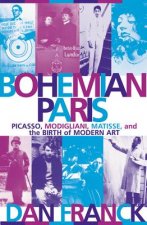
Bohemian Paris
414 Kč -

Islandman
249 Kč -
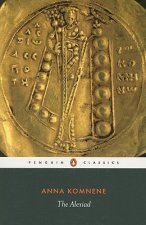
Alexiad
423 Kč -

Lancaster And York
490 Kč -
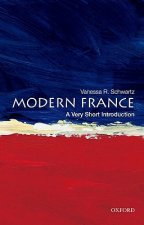
Modern France: A Very Short Introduction
233 Kč -

Inside Hitler's Greece
513 Kč -

Diana: Her True Story - In Her Own Words
306 Kč -

The Fourth Turning
441 Kč -
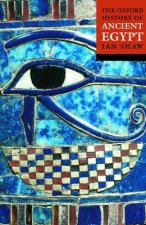
The Oxford History of Ancient Egypt
418 Kč -

Churchill: The Power of Words
410 Kč -

Palestine
534 Kč -

Korean History in Maps
706 Kč -

Great Gatsby (Wisehouse Classics Edition)
405 Kč -

Viking Way
1144 Kč -

The Thirteenth Tribe
308 Kč -

My Promised Land
358 Kč -

Vanished Kingdoms
514 Kč -
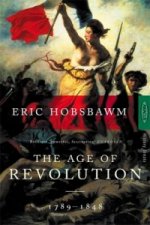
Age Of Revolution
410 Kč -

Life and Death of Anne Boleyn
624 Kč -

Coming of the Third Reich
464 Kč -

Children of Ash and Elm
464 Kč -

Europe Between the Oceans
798 Kč -

Socialism Betrayed
475 Kč -

303 Squadron
452 Kč -

Ancient Celts, Second Edition
623 Kč -

Dancing in the Glory of Monsters
395 Kč -

Battle of Britain: Luftwaffe Blitz (Images of War)
606 Kč -
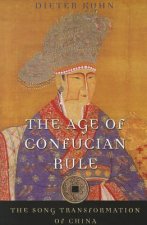
Age of Confucian Rule
851 Kč -

Beyond Band of Brothers
410 Kč -

Benjamin Franklin
410 Kč -

On China
462 Kč
Osobní odběr Praha, Brno a 12903 dalších
Copyright ©2008-24 nejlevnejsi-knihy.cz Všechna práva vyhrazenaSoukromíCookies






 Vrácení do měsíce
Vrácení do měsíce 571 999 099 (8-15.30h)
571 999 099 (8-15.30h)